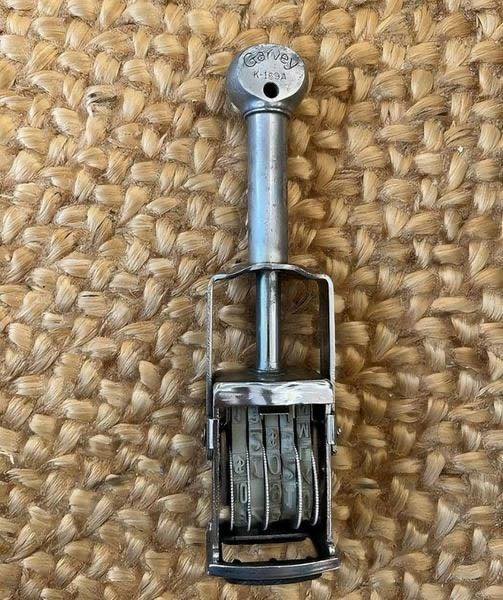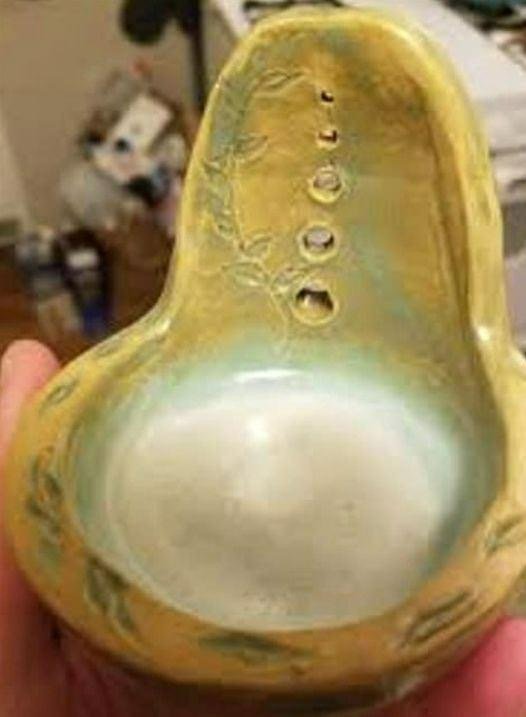I’m certain this will be unfamiliar to you
The journey of the vintage price marker ink stamp began in the early 20th century, as businesses sought to streamline the pricing process. These simple, manually operated devices required ink pads and manual adjustments to change prices, reflecting the technological constraints of the time.

By the mid-20th century, the design and functionality of price marker stamps underwent a remarkable transformation. Advances in materials and engineering introduced more durable and reliable models, with the use of metal components and intricate mechanical mechanisms enabling quicker and more precise price marking. The rise of self-inking models further simplified the process, eliminating the need for separate ink pads.
The primary function of the price marker ink stamp was to efficiently mark prices on products. Retailers used it to apply price tags quickly and uniformly across a range of items, helping them manage inventory and pricing with greater accuracy and reducing the likelihood of errors that could arise from manual pricing methods.
Vintage price marker ink stamps were versatile tools, suitable for a variety of products and packaging. From price labels to inventory tags and promotional materials, these stamps provided a reliable and consistent method for applying prices, making them valuable assets in a wide range of retail and business environments.
Proper maintenance was crucial to keep these stamps functioning optimally. Regular cleaning of the ink pads and mechanisms, replenishing the ink, and checking for wear and tear were routine tasks that contributed to the longevity of the stamp.






